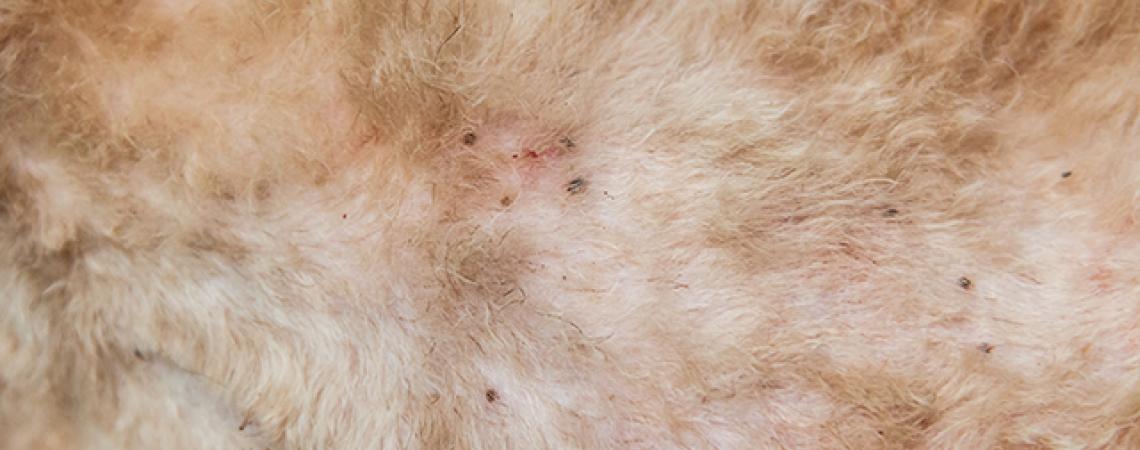Credit: Getty Images
War must be waged against these formidable enemies — the sooner, the better, considering that one mating female can potentially produce about 20,000 more fleas in just sixty days. These tiny tormentors can attack your pampered pet just as readily as a rescue at a crowded shelter. Fleas can’t be ignored, because they won’t go away on their own and, left uncontrolled, can seriously jeopardize your pet’s well-being.
Thriving in hot, humid conditions, fleas find that summer presents an ideal environment, but these pests can also infest a home year-round. Getting rid of them is labor-intensive and can be expensive, but doing nothing isn’t an option.
Fleas bite the host animal, feed on its blood, and reproduce quickly. Black pepper-like specks on the animal are feces. White salt-like specs indicate eggs. Scratching and chewing are common symptoms of your pet’s agonizing discomfort, which is a reaction to flea saliva. Flea bites can cause anemia or dermatitis that may become infected, while ingested fleas can transmit tapeworms. Severe infestations can even become life threatening.
Countless products exist to fight fleas, but it takes more than popping a pill, squirting a topical, or snapping on a collar. Remember, this is war, so consider your vet the general. He or she will recommend a course of treatment and appropriate preparations for your pet, which should be taken seriously.
Discount store products that claim to be “just like…” or “comparable to…” vet-recommended treatments are not the same. While some may work, some can actually be dangerous. Many contain pyrethroids like permethrin, which is extremely toxic to cats.
Another note — never use products intended for dogs on cats! Spot-on flea treatments for dogs often contain permethrin and can actually kill cats. If you want a tool that works for both, a metal flea comb is cheap and effective on dogs and cats, so use it daily.
Cleanliness matters, too. Your vacuum cleaner is undeniably the most valuable weapon in your arsenal. Meticulous vacuuming collects adult fleas, eggs, and pupa, which can survive for months, so start sweeping and don’t ignore furniture and hard surfaces. Seal the collected debris in a plastic bag, and remove it from the home immediately. Launder all pet bedding frequently, and dry it on the hottest setting.
You can even bug bomb the area to be extra safe. Flea bombs contain insect growth regulators, which prevent fleas from developing to maturity. They’re effective, but people and pets must not be in the immediate area when these are used.
Some natural solutions include dusting carpets with borax powder and leaving it for several days before vacuuming, sprinkling the entire home with table salt or diatomaceous earth, planting mints and lemon grass, and even setting out a shallow plate of sudsy water with a candle in the center to attract fleas who will hop in and drown.
The war against fleas won’t be easily won, so choose your weapons judiciously. Your pets are counting on you.









